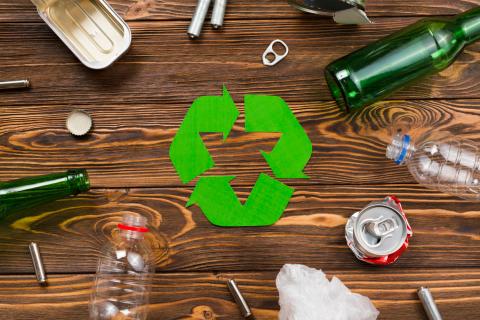
Title: Sludge: Types, Uses, Objectives and Methods of Removing Sludge
Language: English
Type: Blog/Article
Nature: Website
Published: January 7, 2024
Region: Global
Country: Global / Non-Specific
Sector: Municipal Solid Waste
Keywords: Commercial Value Capture (CVC), Municipal Solid Waste
Document Link(s):
Document Summary:
Sludge is a semi-solid slurry that can be produced from a range of industrial processes, from water treatment, wastewater treatment or on-site sanitation systems. For example, it can be produced as a settled suspension obtained from conventional drinking water treatment, as sewage sludge from wastewater treatment processes or as fecal sludge from pit latrines and septic tanks.
Document Details:
Treated sludge can be used for agricultural practices in home gardening, forestry, and parks. Unfortunately, sludge from treatment plants contains lower nutrient levels for nitrogen, potassium and phosphorous, than common fertilizers.
It has also been criticized for containing potentially high levels of metals and contaminants. Regardless, common fertilizers also contain varying degrees of metals and other contaminants.
Faecal sludge is a bit safe as it does not contains chemical inputs compared to industrial wastewater sludge. Because of this, they are preferred for use as fertilizers. In fact, about 80% of the 1.4m tonnes of sludge produced in the UK each year, is spread on fields as manure.
Updated: January 7, 2024